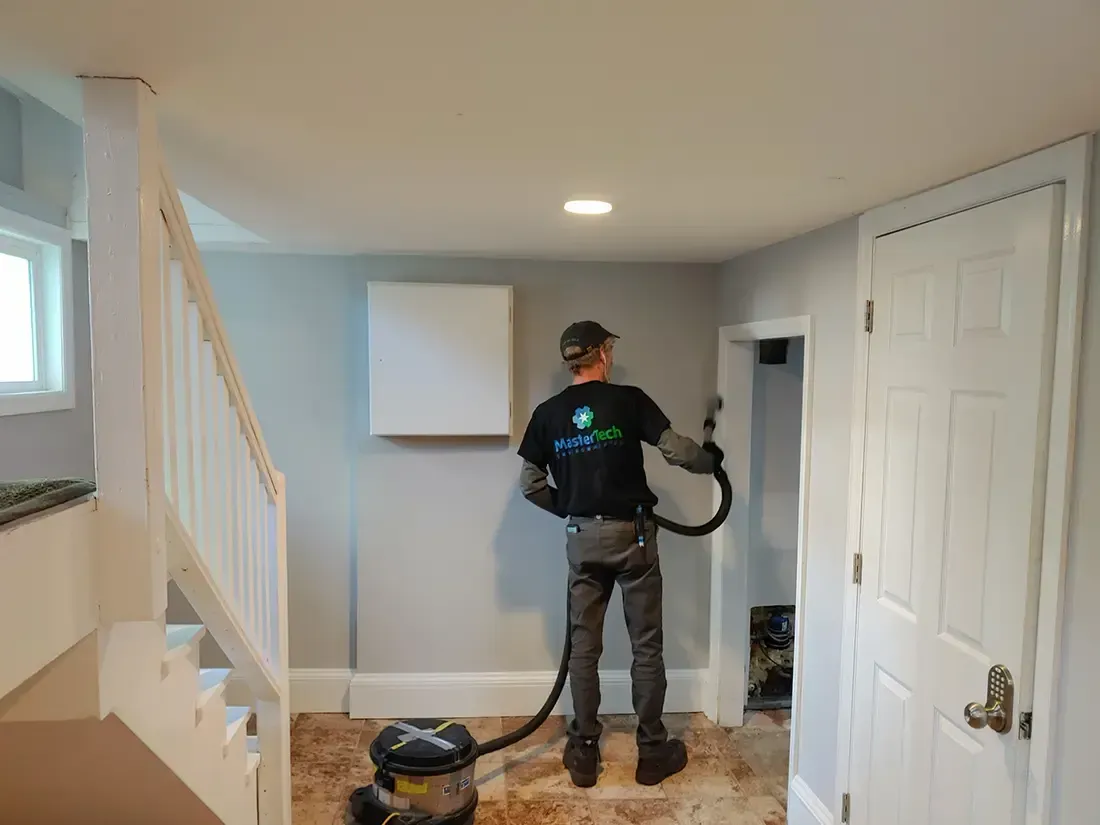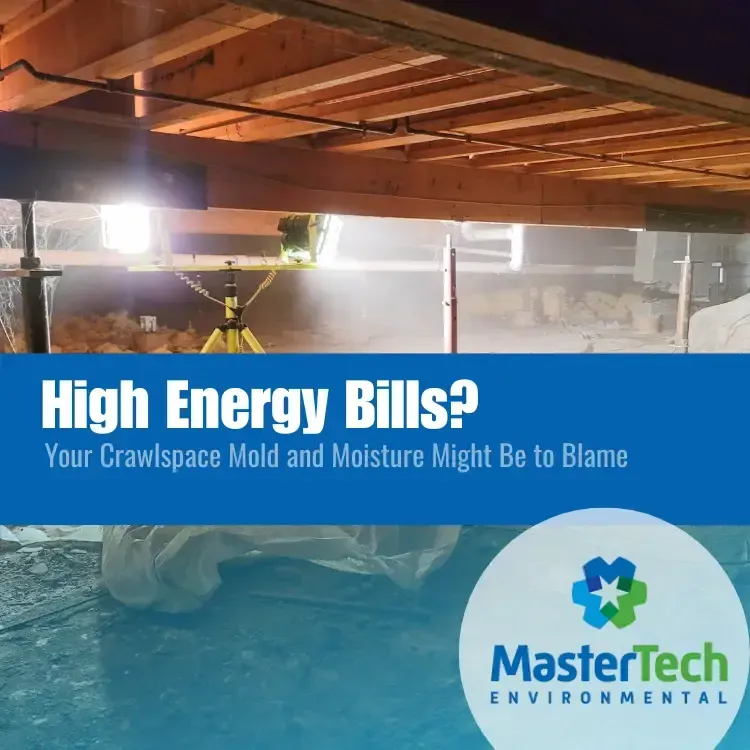Seasonal Mold Risks: Is Your Myrtle Beach Home Ready for Summer?

You might notice the days growing warmer, the air becoming thicker, and the frequent thunderstorms moving in over Myrtle Beach as spring eases into summer. While you're anticipating beach days and family cookouts, something less pleasant could be quietly taking hold in your home—mold. Most homeowners associate mold with extreme weather events, but everyday seasonal shifts can be equally problematic. Think of your home as quietly absorbing moisture with each humid day, each rainy afternoon. It might seem minor now, but these subtle changes can set the stage for serious mold growth.
Understanding how Myrtle Beach's climate creates ideal mold conditions is vital for homeowners. Mold thrives in warmth and moisture, especially in attics, which are abundant during this period. Recognizing and proactively addressing these conditions can prevent small moisture issues from escalating into major mold problems and minimize the eventual need for attic mold remediation in Myrtle Beach.
Why Does Myrtle Beach's Climate Create Ideal Mold Conditions?
Myrtle Beach's combination of heat, humidity, and frequent rainfall creates perfect conditions for mold, particularly in attics. High humidity levels—often exceeding 70% in late spring and summer—allow moisture to build up easily inside homes, soaking into attic insulation and wooden structures. This persistent dampness, combined with summer temperatures that typically range from 70°F to 90°F, accelerates mold growth significantly.
Frequent spring and summer storms compound the issue, as even small roof leaks or condensation from humid air entering attic spaces can quickly lead to mold problems. These factors collectively make attic mold a common concern, driving homeowners in Myrtle Beach to regularly seek attic mold remediation services.
Understanding the climate's role in mold growth emphasizes why vigilance and regular inspections are critical to avoiding extensive attic mold remediation in Myrtle Beach.
Where is Mold Most Likely to Appear in Your Home?
Knowing Myrtle Beach is mold-friendly is helpful, but homeowners need specifics to monitor their homes effectively. Certain areas within a home are naturally more susceptible, becoming potential hotspots as summer approaches. Identifying and understanding these areas lets you proactively prevent small mold issues from becoming extensive.
Attics and Crawl Spaces: Hidden but Vulnerable
These hidden areas of your home often go unnoticed. As warm air rises, attics trap heat and humidity. Without sufficient ventilation, they quickly become stagnant, humid pockets ideal for mold growth. Crawl spaces similarly trap humid air, exacerbated by moisture from the ground below, creating persistently damp conditions. Homeowners should regularly inspect these areas, looking for:
· Discoloration or dark stains on wooden beams.
· Musty odors seeping into living spaces.
· Damp or moldy insulation.
By catching mold early here, you can address small issues before they grow, avoiding the need for extensive attic mold remediation in Myrtle Beach.
Bathrooms and Laundry Areas: Daily Moisture Risks
These everyday spaces regularly produce moisture. Steamy showers, wet towels, and clothes dryers continuously add humidity. In Myrtle Beach's already humid climate, bathrooms and laundry rooms can quickly surpass safe moisture levels. Signs homeowners should watch for include:
· Persistent condensation on mirrors and walls.
· Mold stains appearing in tile grout or behind fixtures.
· Lingering musty odors despite cleaning.
Routine ventilation and prompt drying of wet surfaces are essential to managing mold risk.
Kitchens and Plumbing Areas: Minor Leaks, Major Problems
Even small plumbing issues in kitchens can lead to mold, especially during humid months. The warmth from cooking, coupled with moisture, creates conditions ripe for mold growth. Minor leaks under sinks or from appliances may seem insignificant initially but can become serious. Key indicators include:
· Swollen or warped cabinetry under sinks.
· Discoloration or staining on walls near plumbing.
· Persistent dampness or musty smells in cupboards.
Addressing even small leaks promptly is critical for mold prevention.
Basements and Ground-Level Rooms: Naturally Damp Spaces
Though less common in Myrtle Beach, basements and ground-level utility rooms share vulnerabilities. Cooler, subterranean areas often experience condensation when warmer air enters, creating persistent dampness that mold loves. Look for the following:
· Condensation or moisture on walls and floors.
· Mold growth on storage boxes or furnishings.
· Persistent musty odors that linger despite ventilation.
Regular inspections and active dehumidification can significantly reduce mold risk here.
HVAC Systems: Spreading Mold Through Your Home?
The HVAC system itself can unwittingly become a mold hub. Condensation forming inside air ducts and cooling coils, especially during humid days, offers ideal conditions for mold. Be attentive to:
· Musty smells when the AC is running.
· Mold spots around vents.
· Unexplained allergic reactions when indoors.
Regular filter changes and system inspections are essential to prevent HVAC-related mold spread.
By understanding where mold thrives, Myrtle Beach homeowners can more effectively monitor and maintain their homes, reducing the potential for costly attic mold remediation.
How Can Homeowners Detect Mold Early?
Early mold detection is key. While visible mold is noticeable, mold growth often begins unseen. Homeowners should be aware of subtle signs indicating potential mold presence. Early action can make remediation manageable rather than overwhelming. When monitoring your home for mold, watch for:
· Persistent musty smells noticeable upon entering a room or cabinet.
· New discoloration or fuzzy textures on walls, ceilings, or grout lines.
· Sudden or worsening allergies, headaches, or respiratory irritation that improve when leaving home.
· Condensation on windows, peeling wallpaper, or bubbling paint.
· Areas previously exposed to water leaks or flooding.
Carefully observing these signs increases your chances of catching mold before it spreads.
Actively Managing Your Home's Mold Risk
Actively managing humidity and moisture in your Myrtle Beach home is essential. Simple steps make a significant difference.
· Regularly measure indoor humidity, maintaining below 50% with dehumidifiers or air conditioning.
· Routine inspections of key areas, especially after heavy rainfall.
· Address leaks immediately, drying wet areas within 48 hours.
· Seek professional inspections for suspected hidden mold.
Proactive control is your best defense against mold, particularly attic mold.
Protect Your Myrtle Beach Home from Mold This Summer
As spring becomes summer, mold risks significantly increase across Myrtle Beach. Proactive awareness and early detection methods make mold entirely manageable. Monitoring humidity levels, regularly inspecting vulnerable spaces, and addressing moisture quickly help prevent mold growth, avoiding extensive issues like attic mold remediation in Myrtle Beach. Start your preventative measures today to ensure a healthy, mold-free home throughout the summer.



